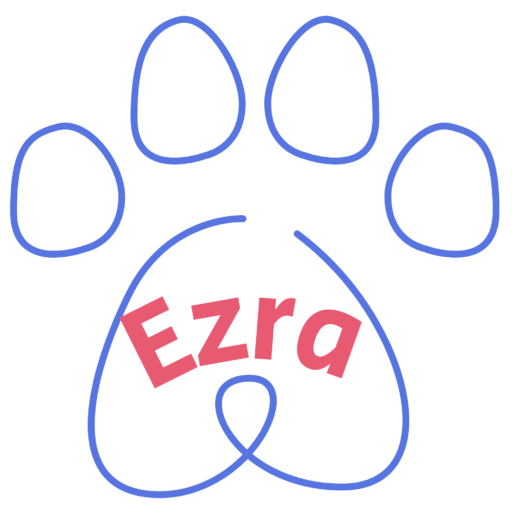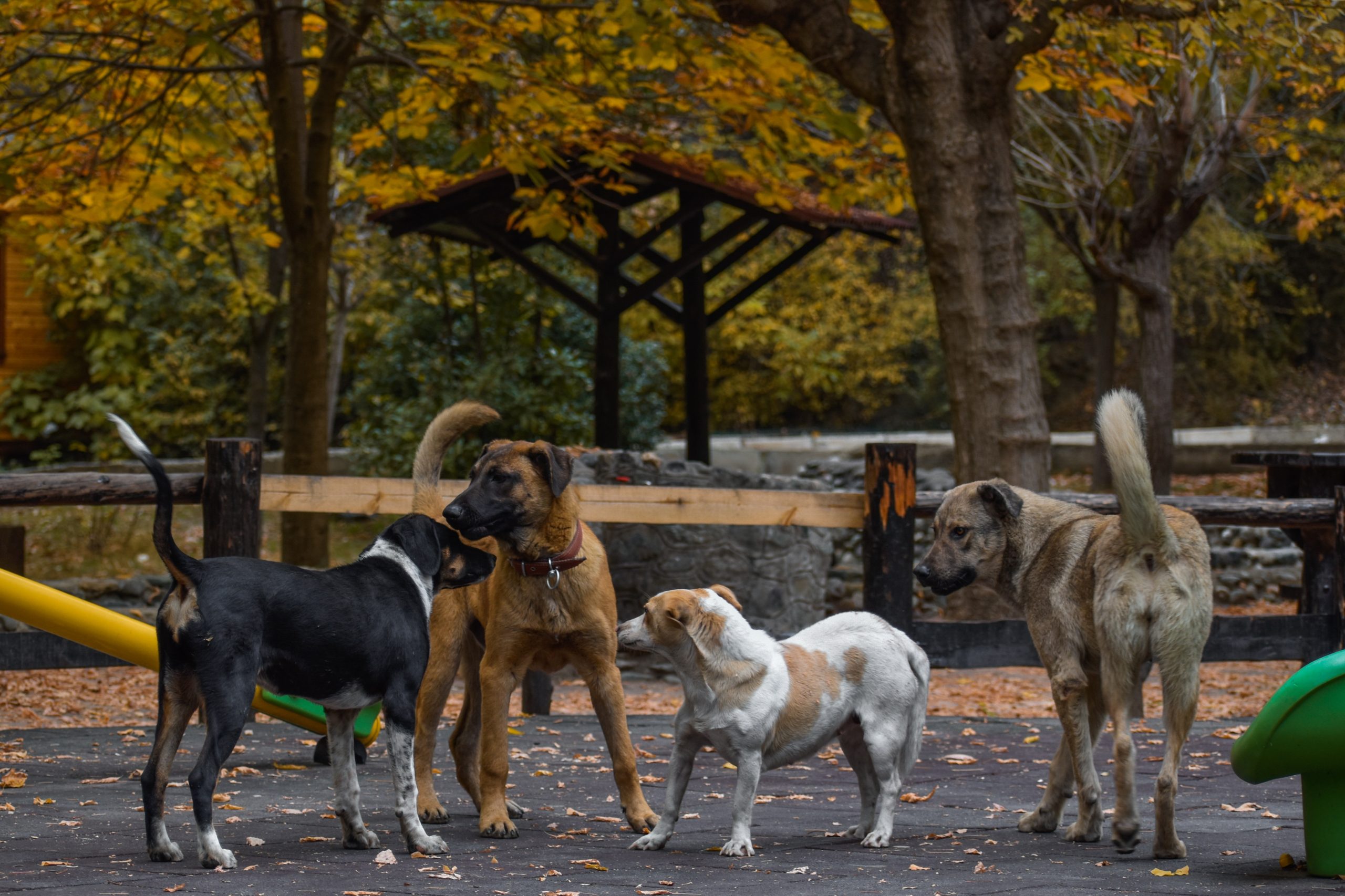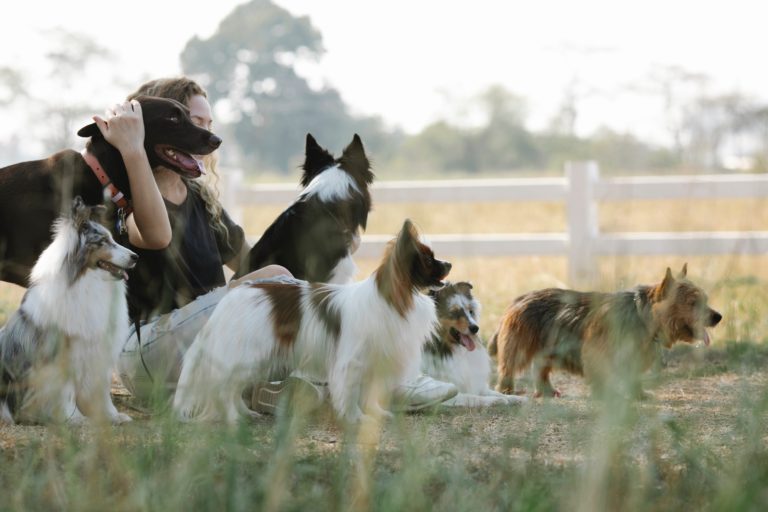Beginner’s Guide to Understanding Dog Breeds
Have you or someone you know ever brought home a dog simply because they were cute? My friends adopted an adorable puppy from the shelter. They didn’t know the breed and assumed it was a black lab. But what does it matter? He was cute, and it’s just a dog right?
Little did they know, it was a mix of different breeds including Pitbull and German Shepherd. The dog is a handful for them, and doesn’t fit into their lifestyle. They are spending far more time and money in different styles of training than they were expecting.
That’s not to say that Pitbulls or German Shepherds are bad dogs. They aren’t! Those breeds just don’t match their requirements and lifestyle.
A dog is a dependent that you don’t get a tax credit for. If you are going to bring one home, make sure you do your research! Keep reading to learn more why this is so important and how to do it effectively.
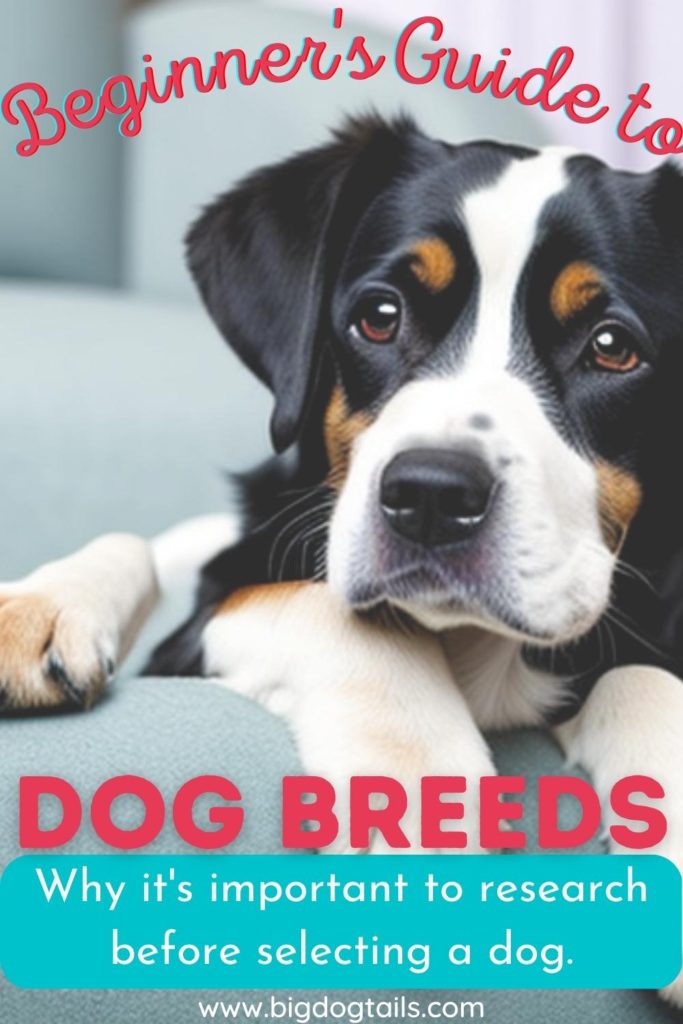
What are dog breeds?
Dogs are descendants of wolves. They were the first domesticated animal over 15,000 years ago before hunter-gatherers invented agriculture. Over time, different dogs evolved for different purposes.
A majority of dog breeds today still serve a purpose and are divided into different groups. These groups help categorize the dogs by the characteristics or functions they were initially bred for. The American Kennel Club divides them into nine groups: Herding, Hound, Toy, Non-Sporting, Sporting, Terrier, Working, Miscellaneous, and Foundation Stock Service.
But really, only the below seven groups really matter.
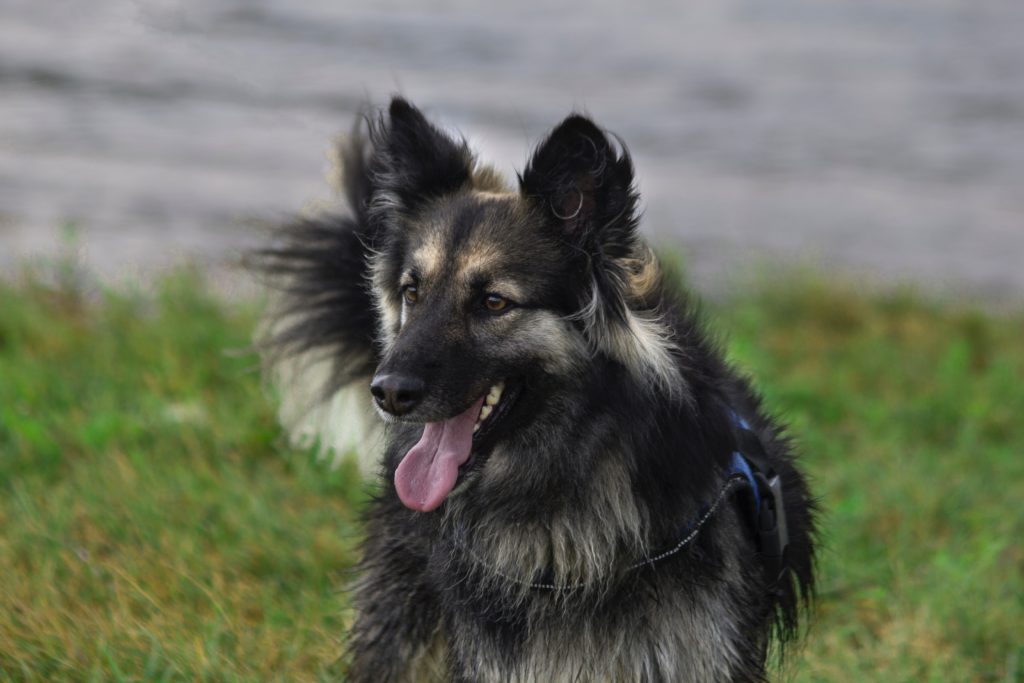
Herding Group
These dogs aren’t characterized by size. These dogs are characterized by their ability to force movement of other animals, like a herd of cattle. They run at animals much larger than them and nip at their heels to get them to move in a specific direction. They are known to do this to their families and small children, so herding dog parents should be mindful of this behavior in training.
Hound Group
This is a large group of dogs that were bred to hunt alongside their owner, who is hunting on horseback or on foot. Usually these dogs have a phenomenal sense of smell and have incredible stamina, meaning they have high energy requirements. Nose work training would be a great way to release that energy and have fun too!
Toy Group
These dogs are characterized by their really small size. They are excellent lap warmers and perfect for city dwellers because petite dogs work best in apartments. Most first time dog owners may want to consider a toy breed because everything is smaller with them – vet bills, grooming costs, the messes they make, the shedding…it’s an easier adjustment.
Non-Sporting Group
These dogs are kind of defined by their lack of purpose. They weren’t bred for hunting or any other tasks alongside their human companion. They don’t have similar coats, sizes, activity levels, or personalities. In some ways, this group is a catch-all for the dogs that don’t quite fit in anywhere else.
Sporting Group
These dogs were bred to hunt large game like bears. Over time, they were used for bird hunting. But with their rigorous activity requirements, these alert dogs also enjoy other sports like obedience, rally, or agility.
Terrier Group
These dogs are feisty! They are known for a wiry coat and can be petite to large. Most were bred to hunt rodents or other farm pests. They don’t typically like other dogs. Even the small terriers have personalities of large dogs and like to pick fights!
Working Group
Typically large breed dogs, working pups were bred for guarding the property or livestock, pulling sleds or carts, or water rescues. They have incredible strength. These dogs love a task and are quite intelligent. Due to their size, they may not be a good fit for all families.
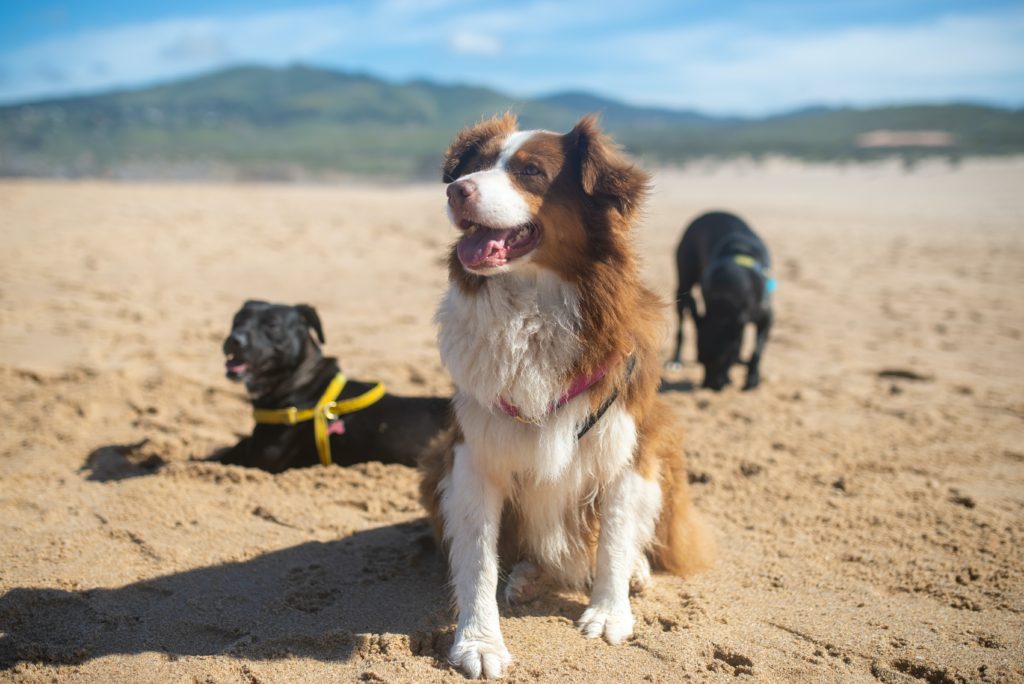
Why is understanding dog breeds important?
Understanding dog breeds is very important for many reasons. For the first time dog owner or the dog owner changing breeds, this is most important leading up to buying/adopting your dog. You need to ensure you pick the right dog breed or mix of breeds that match your lifestyle, including your budget, and that you are getting a good quality pup.
Picking the right dog breed for you
You need to make sure the specific dog matches what you need. For example, if you live in a studio apartment without access to a fenced in yard, a toy breed dog would be best for you. You would not want to get a large working dog.
If you love a specific breed, but your current lifestyle will not accommodate their needs, then you should wait until your lifestyle matches. You won’t have a good relationship with your dog if you have to completely change your lifestyle for them.
Avoiding unforeseen financial burden
Dog lifespans range quite drastically. They can live from six years to 15 years. Some dogs have weaker immune systems than others or higher grooming needs. Large dogs in particular tend to have higher bills.
Large breed dogs on average cost about $40K over the lifetime of the dog. Like I said, they are a dependent without a tax credit. Not everyone is able to afford or wants to spend a lot of money on their dog. That’s totally OK! But you should consider that in your dog research so you don’t get buyer’s remorse or have to rehome your dog.
How to get started with understanding dog breeds
Most of the time, people only research breeds that they meet and think are super adorable and cute. Not going to lie, I do that sometimes too. But don’t judge a book by its cover!
In order to identify the right dog for you, you need to take a couple extra steps. The steps are pretty basic, but it can be time intensive.
Assess your lifestyle & personality
Dogs live for a long time and they can be a lot of work, even if they are low energy. You will have to make compromises when you bring a new dog home, but you want to make sure you aren’t forced to change everything about your life either.
Some questions you should ask yourself to help examine your current situation include:
- Do you live in a small apartment?
- Do you have access to a fenced in yard?
- Do you work remotely or in an office?
- Are you a couch potato or always moving?
- Do you have the means to care for a dog with high requirements for veterinary care or grooming?
- What do you like doing for fun?
- How much time can you devote to exercising your dog on a daily basis?
These questions will help you identify the qualities you should look for in your dog and which dog breed group may make the most sense to begin your search.
Research dog breeds that align with your lifestyle & personality
Now that you have identified what your requirements, you need to identify the dogs have personalities that match that. It can be a bit of a slog, but understanding the dog breed groups is a good start to narrow down the search.
Here are a few resources you can lean on to continue your learning:
- American Kennel Club sets the breed standards and hosts the national conformation show in the USA every year. I like reading their site to learn about performance and events, like nose work and rally.
- Animal Planet is where I first started learning about different dog breeds as a kid. I used to love watching Breed All About It. That’s how I fell in love with my last dog, a Cavalier King Charles Spaniel.
- Friends may have experience with various types of dogs and probably have really good, personalized recommendations for you.
- There are plenty of Facebook Groups you can join to learn about different dog breeds. I am in quite a few Bernese Mountain Dog groups, and I like to skim through the questions people ask in it. It helps me learn about the breed and what to expect as Ezra gets older.
- YouTube has excellent content that is both educational and entertaining. It can be fun and helpful to listen to current dog owner experiences and watch their dog’s antics to see if you would like to adopt that type of dog too.
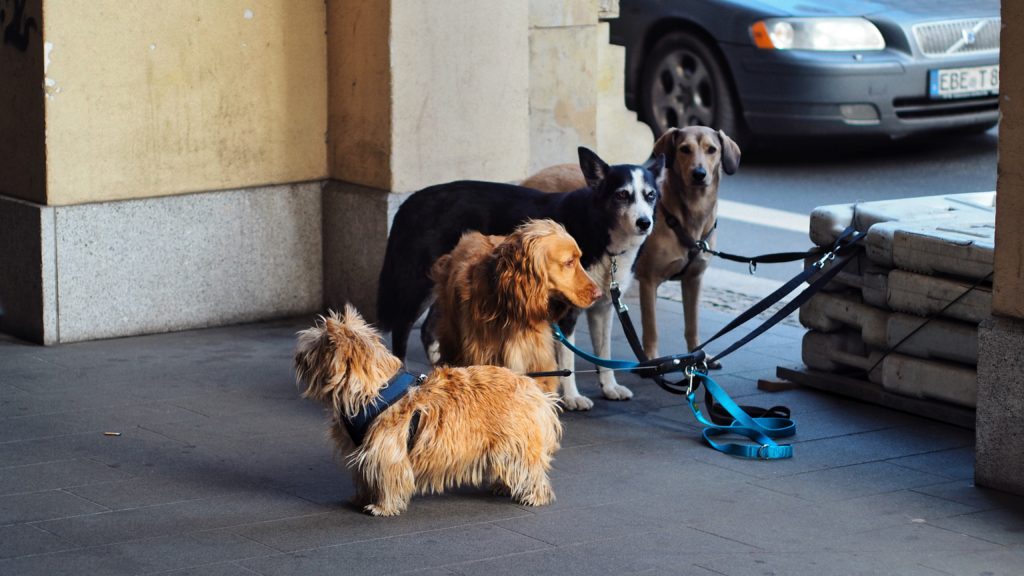
Tips for success in using dog breed knowledge
After you identify the right dog breed(s) and bring home your pup, the research continues! There are many different reasons you want to reflect on your dog’s breed to understand how to raise them and mitigate unforeseen circumstances.
Socialization
You should understand the qualities that your dog has already and may develop that are a result of his breed genetics. Then you look out for them and plan to avoid any calamities by training or removing your pup from situations that your young puppy or adult dog may not behave well in.
For example, German Shepherds don’t usually like to be approached by other dogs. If you own a German Shepherd, you should be aware of that in case you are on a walk and another dog approaches, you can intercept. On the flipside, if you do not own a German Shepherd, it’s still worthwhile to have a basic understanding of them so that when you see one out, you ensure your dog doesn’t bother it.
All dogs are good dogs. But just like humans, they have unique personalities and behavioral traits. Having an understanding of other dogs and your own will ensure that no one has a bad experience – dogs or humans.
Training
If you don’t know the dog’s tendencies, then you will never know what to look out for and adjust with proper training. For example, Bernese Mountain Dogs were bred to pull carts on farms, like oxen. Even though a majority of Bernese today don’t work on farms, they have evolved to pull like an ox on a leash. I know Ezra does! I focus a lot on structured leash training and prioritize my training budget on fixing that genetic behavior.
Even if you aren’t sure of the dog’s breed, you can still understand the high level attributes of different dog breed groups to identify how to train your dog better. For example, you may have brought home a mixed breed dog and you noticed they love to sniff and have boundless energy. They may be a Sporting Dog or Hound Dog. You can go to Nose Work classes with the dog to learn new skills together that they dog will love and tire them out in ways that don’t require a ton of exertion on your end.
Frequently Asked Questions
The last thing you need to know about dog breeds
All dogs are good dogs, but not all dogs are good for you. That’s OK! You should think about how much time you can devote in your day to taking care of a dog, and what you like to do for fun. For example, if you can’t exercise your dog more than an hour long walk and you don’t enjoy exercising, getting a dog that requires 90 minutes of rigorous activity a day will not be a good fit for you.
Beyond identifying the right breed for your personality, you should have a general understanding of most dog breeds to ensure your safety and your dog’s safety. If you understand your dog’s breeding evolution, you’ll also be better equipped to train your dog into a well behaved companion.
